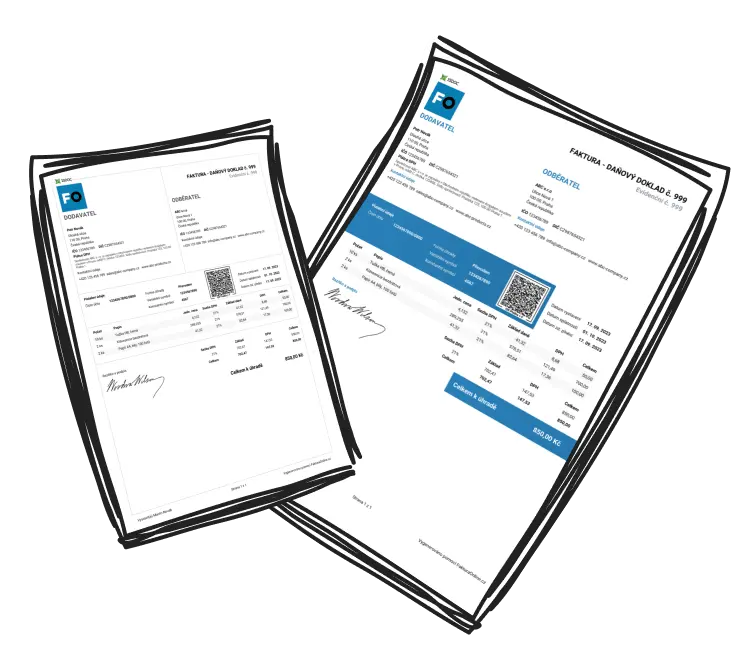Significant changes to VAT thresholds in the UK are coming into effect in April 2026. This article summarises the key updates, their implications for businesses, and the practical steps to prepare for these changes.
VAT Registration Threshold Changes from April 2026
The UK government has confirmed adjustments to the VAT registration and deregistration thresholds, effective from 1st April 2026, which will impact both small and medium-sized businesses. The aim is to simplify the system and support the business environment.
Registration limit: The threshold is expected to be lowered, bringing more businesses into the VAT system.
Deregistration limit: This will be adjusted to match the new registration threshold, ensuring continuity.
This change will affect business owners, their annual turnover, and the way they manage their finances. It is advisable to update turnover forecasts and evaluate the impact on cash flow.
Quick Summary of VAT Threshold Changes
Lower VAT registration limit from 1st April 2026.
More businesses required to register for VAT.
Changes align the UK with European VAT practices.

Impact on Businesses and Financial Planning
These threshold changes may require businesses that previously did not exceed the VAT registration threshold to now register for VAT. It is recommended to:
regularly monitor your 12-month rolling turnover,
review your pricing and profit margins,
factor in the increased administrative burden.

Businesses exceeding the VAT threshold, even by a single transaction, must register for VAT immediately and begin paying VAT.
VAT Schemes for 2026: Standard, Flat Rate, and Cash Accounting
In 2026, businesses will have several VAT schemes to choose from, each with different levels of administrative complexity and calculation methods.
Standard Scheme (Standard VAT Accounting)
The traditional system, suitable for businesses with complex cost structures.
Detailed VAT accounting on both inputs and outputs,
More accurate but requires more administrative effort.
Flat Rate Scheme (FRS)
A simplified system, ideal for smaller businesses with fewer expenses.
A percentage of total turnover is paid as VAT,
Limited ability to claim input VAT deductions.
Cash Accounting Scheme
A system based on the cash received.
VAT is only paid when payment is received from customers,
Beneficial for businesses with longer payment terms.
Practical Steps to Prepare for 2026
Businesses should review their financial processes in advance and check whether they will fall into mandatory VAT registration after the threshold changes.
forecast your annual turnover,
assess the suitability of your VAT scheme for 2026,
update accounting and invoicing systems,
adjust prices or service structures if necessary.

Consider the impact of VAT scheme selection on cash flow – different schemes, such as Flat Rate and Cash Accounting, may have a significant effect on liquidity. Plan ahead to ensure the best match for your business model.
Summary of Key Changes
The changes coming in 2026 will move more businesses into the VAT system and offer a chance to choose the most appropriate VAT scheme. The key is to understand your turnover, choose the right scheme, and plan your finances accordingly.

You can read more about UK VAT and its basic principles in our article: What is VAT and what’s it for?

